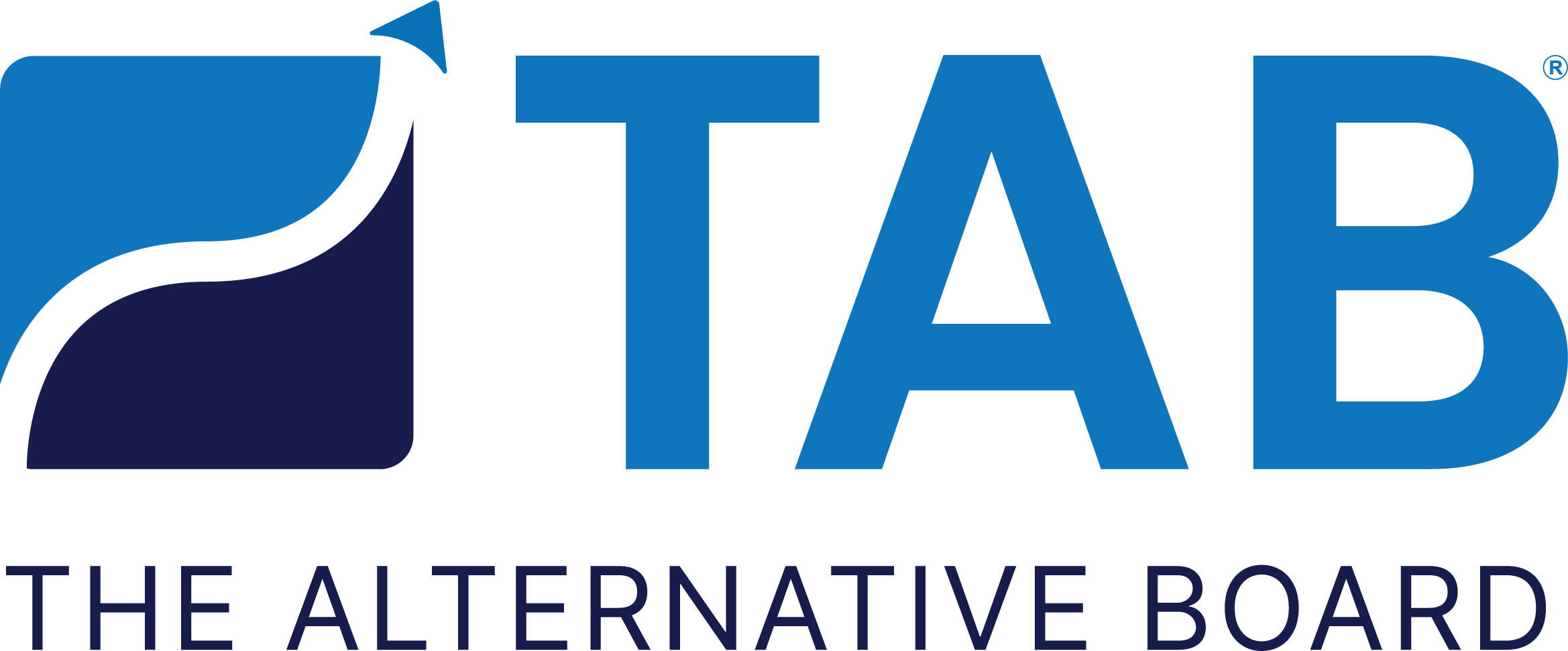Tips on Building a Great Company Culture
There are many reasons why job candidates gravitate to a certain kind of job posting, and why employees choose to stay with the same company over a period of years. One key factor is the quality of a company’s culture. For obvious reasons, any culture infused with negative traits—undue secrecy around corporate initiatives, incidents of workplace harassment, poor managerial styles—isn’t going to attract job-seekers, nor is it likely to see significant employee retention in the long run.
Far more preferable is establishing (and continuing to improve) a company culture that integrates both its larger strategic goals and policies that help employees feel fulfilled in their positions and eager to tackle new challenges.
Culture, of course, is different for different organizations. But here are key action steps you can take to improve the quality of your own culture:
Practice transparency
As we have noted before, it’s critical that leaders “keep people informed about changes in the organization, those already in the implementation stage and those being considered. The alternative—a workplace rife with suspicions, rumors, and guesswork about the future—is bad across the board, and certainly not in keeping with healthy workplace culture.”
A corresponding principle—that is, personally displaying the values you want to see exemplified throughout the organization—is also important. Employees follow the example set by those in leadership roles, for better or for worse.
Encourage the growth of diversity
Time and again, businesses with authentically diverse work teams see a stronger breeding ground for fresh ideas, as well as insights into differing target audiences that an otherwise homogenous corporate culture might overlook.
As Comparably notes, businesses “must take time to analyze their current workforce at every level, identify where diversity is lacking, and actively make changes.” Also helpful is creating “a diverse team in your recruiting efforts” to ensure a wider range of perspectives (and experience) in the workforce.
Support professional development
The kind of employees you want are those who have skills, experience, and an active interest in becoming better at what they do. Consequently, offering options for professional development can attract the right job-seekers and encourage retention among your existing staff.
Gain a better understanding of what individual employees are looking for in terms of career advancement and look for ways to support these ambitions—by funding enrollment in relevant training and/or finding opportunities for cross-training within the organization.
Give employees decision-making powers
A culture that promotes employee autonomy and decision-making looks a lot better to job candidates than a culture where people are stuck in their positions without any ability to influence the course of company policy. If you have a large project coming up, let those employees leading the project make decisions on their own about how to achieve the best results.
As All Business notes, in these circumstances, “employees can make decisions without fearing consequences, and good employees will value that trust and seek to make the best decisions.”
Have fun with team-building
Work is work, and fun is fun. Occasionally, however, the two intermingle, particularly during inventive exercises that incorporate fun along with the team-building element. People need to let off steam, and when they can do so and enrich relationships within the team, everyone wins.
In the same respect, create opportunities for different departments within the organization to work more closely together. These “cross-functional meetings” help to “foster stronger work relationships, inspire innovative ideas and can help companies solve problems more efficiently,” according to Forbes.

